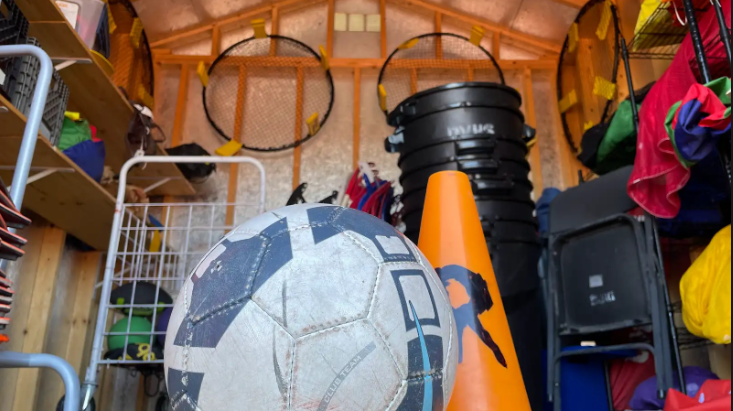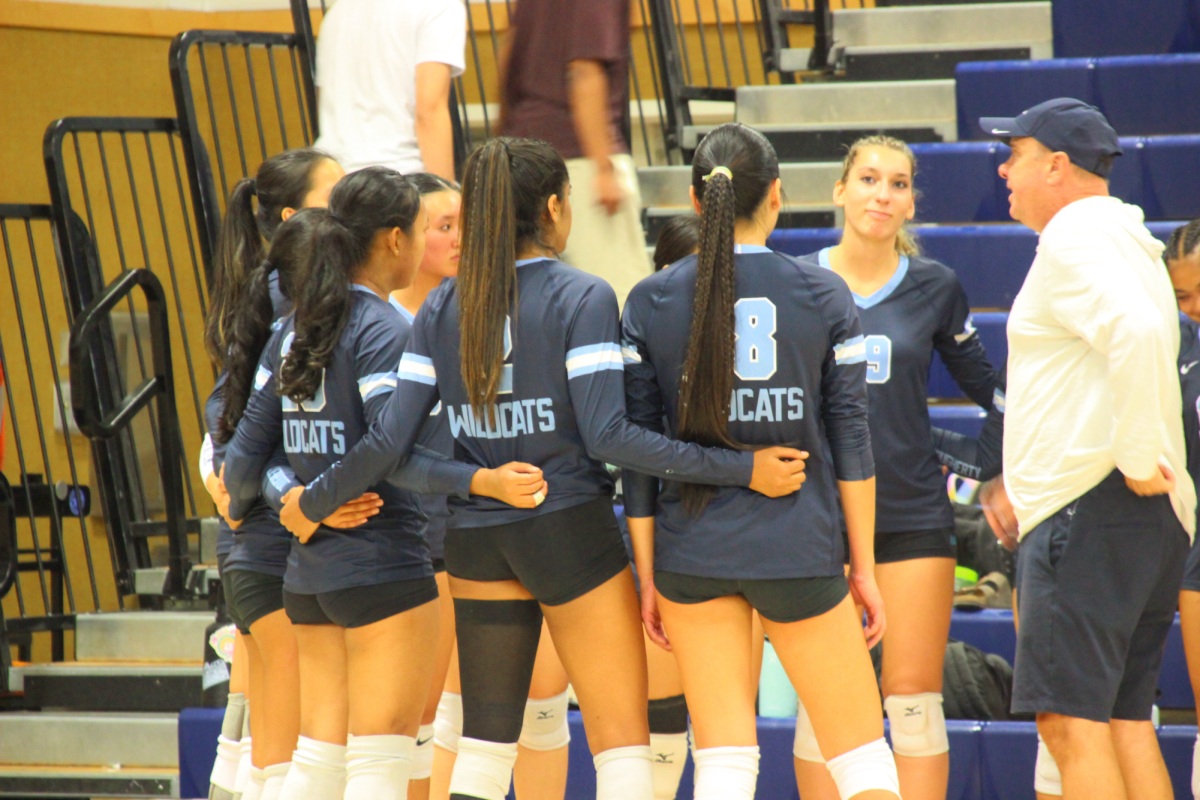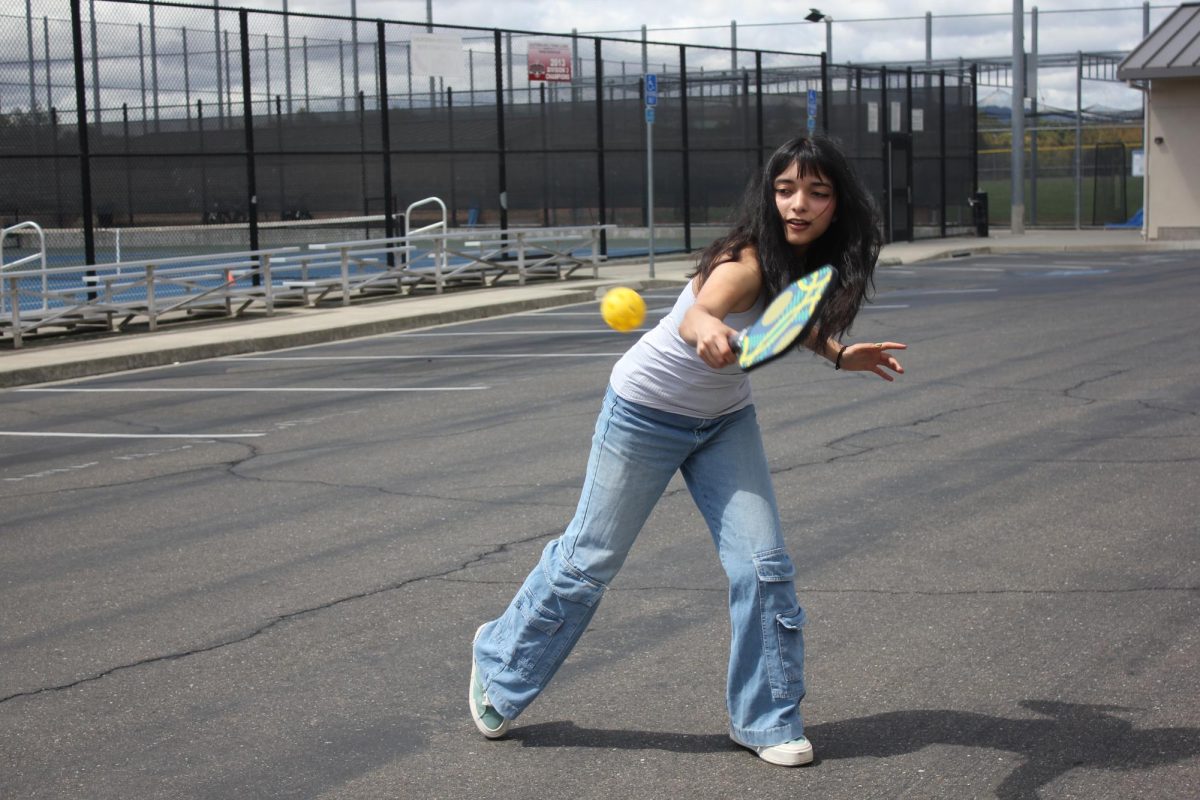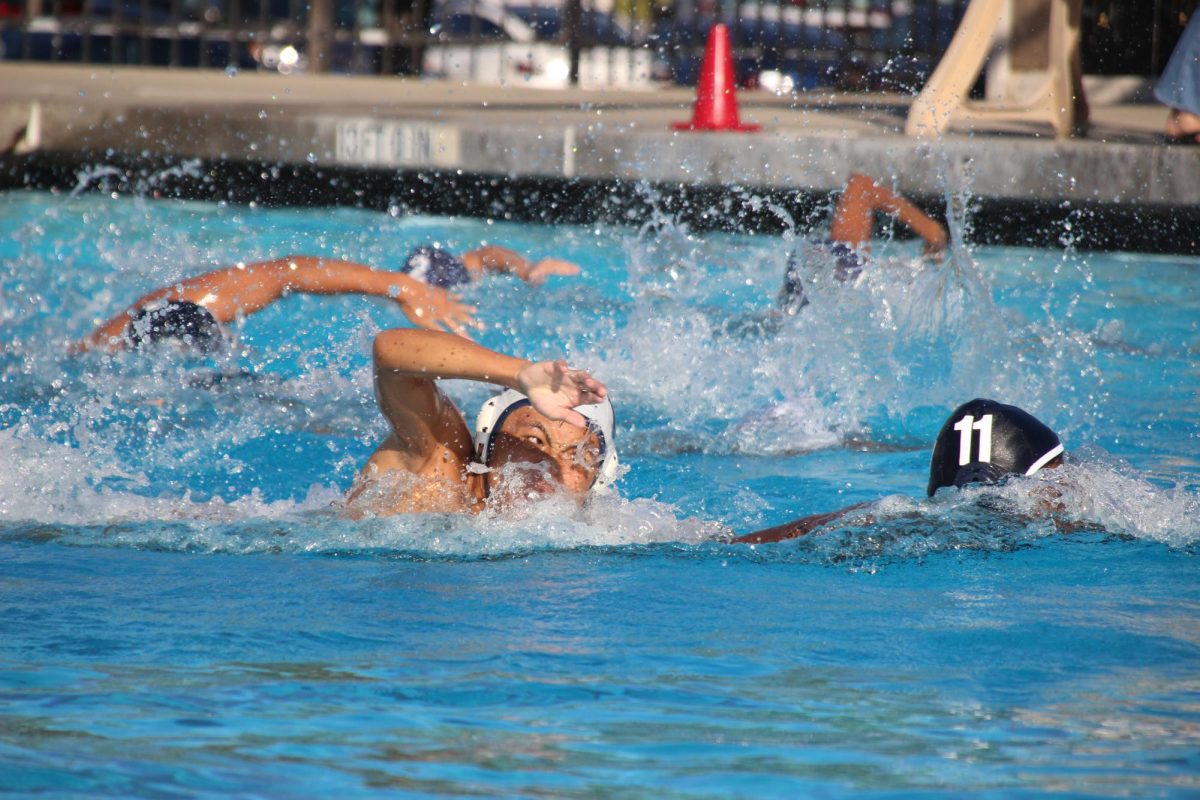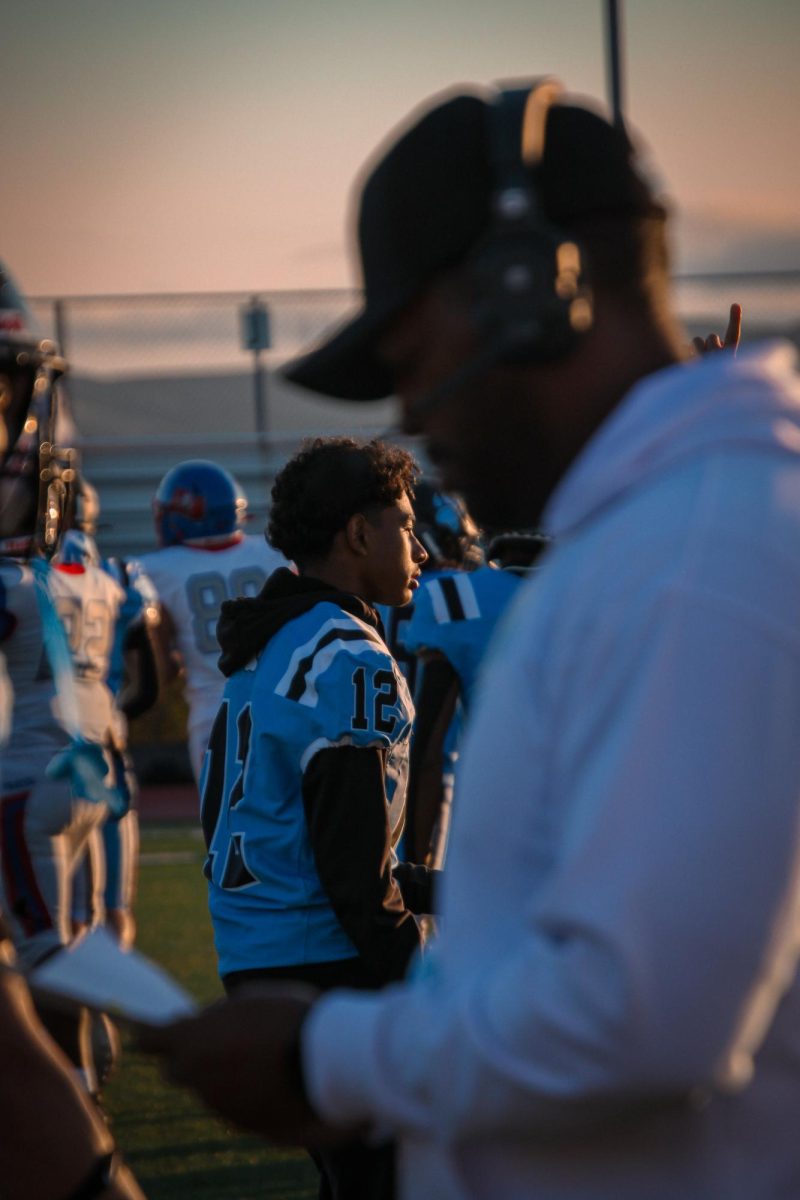Dougherty Valley sports teams each have their own specialized budget, which instead of being provided by the school, are each built off of donations and fundraisers in order to provide account balance. The coaches of sports teams manage this estimated budget, carefully balancing account balance with varying expenses, which can range from the cut of money the administration takes from each team to pay for maintenance of fields and courts to the physical equipment each team would need.
“Each sport has their own account,” financial analyst Ana Siladie explained. “It doesn’t matter if it’s one, two or three teams. They all do fundraising together, and they deposit in one account.”
According to Silade, athletic boosters also play a part in funding the teams and are able to give the coaches grants if they fit certain criteria.
“In order to get a coach’s grant, you need to apply to athletic boosters,” explained Silade. “They go over the list, and they’ll see if you meet some or whatever regulations they have, you may get a coach grant.”
One of these requirements is how much the coach is able to raise by donations and fundraisers. If they reach a certain percentage, then they get the coach’s grant. Besides that, coaches also get stipends. The Assistant coaches’ stipends come out of the sports team budget, while the Head coach is paid by the district.
“It’s pretty much more like you volunteer, and you get a stipend (at the end of the season).” Silade explained. “That’s it. It’s a lot of work for a coach, too.”
Coaches are also the ones who organize the budget and manage the expenses. This can vary across each team, especially when it comes to equipment. Assistant cross country coach Robert Miller talked about what the cross country team budget went to.
“If you wanna go to a race or a meet, you gotta pay to play.” Assistant cross country coach Robert Miller said. “A lot of the budget goes to entry fees, the state…and an administrative fee that’s taken off up front.”
The cross country team does not spend any money on an equipment budget, since members of the team are able to buy their own shoes and singlets. Besides that, there is no need for any other forms of physical equipment, which indicates the budget is taken up by other expenses.
This practice is not something unique to the cross country team, which has a lack of physical equipment. Additionally, the DV tennis team requires students to bring some of their own equipment.
“The girls are supposed to bring their own rackets,” women’s varsity tennis Coach Erin Bennett noted. “Then, there’s the nets and the tennis balls, which are the main expenses.”
The budget covers the uniforms the players wear, tournament fees in order to , stipends for the assistant coaches and administrative fees that go straight to school.
“If there’s funds left over, then we spend the money on team dinners and team bonding events.” Coach Bennett added.
Many coaches also emphasized the importance of equipment to team performance, no matter the sport. Junior Josiah Kitsu, a member of the mens water polo team, rationalized how equipment had a profound effect on how they played.
“Certain balls can affect your grip.” Kitsu explained. “Older balls are a little harder to palm.”
Junior Alexander Kurniawan, another member of the mens water polo team, talked more about the importance of equipment for the players, and explained how often they need to replace this equipment.
“We get new balls every other year, and they aren’t the greatest right now.” Kurniawan explained. “It affects our performance negatively, since you can’t catch or shoot smoothly if you have no grip on the ball.”
Other coaches have also expressed concern when it came to replacing equipment, namely balls. Coach Bennett in particular emphasized just how important it was that the balls themselves be replaced on a regular basis.
“We have to have new balls,” Coach Bennett exclaimed. “If we hit with the same balls, each can [of tennis balls] costs six to eight dollars, and that’s only gonna last four days. So we have to really keep our balls fresh.”
Each case of tennis balls can be upwards of 80 to 100 dollars, which typically packs 24 cans, each can containing three balls. This is a total of 72 balls, which are constantly being used by players and the PE classes. Each one eventually wears out to the point of disposal after only four days. Bennett emphasized how the balls were “the main thing and most important [expense]”.
“Sometimes we get holes in the nets, and those can cost up to 200 dollars each.” Bennett explained. “Usually one of the things that doesn’t come out of our budget is maintaining the court, so if we get a crack or hole somewhere, thankfully we don’t have to take care of it and the school will just cover it.”
For example, Bennett explained how the administration typically compensates by taking a “certain dollar amount from our budget” in order to maintain the courts and hire referees. It’s a standard amount taken each year,
“The administration takes a certain dollar amount or dollar percentage from our budget to do things like maintain the courts and hire referees for our games.” Bennett explained. “It’s a standard amount taken each year, but sometimes it’ll go up per student.”
This fee is taken from all the sports programs in order to keep them running, but other than that, coaches have full control over their own teams’ budgets.
“Hopefully they [other students/people] understand,” said Silade. “And if they can donate a little bit more…because the donations, literally, they keep the sport [program running].”

